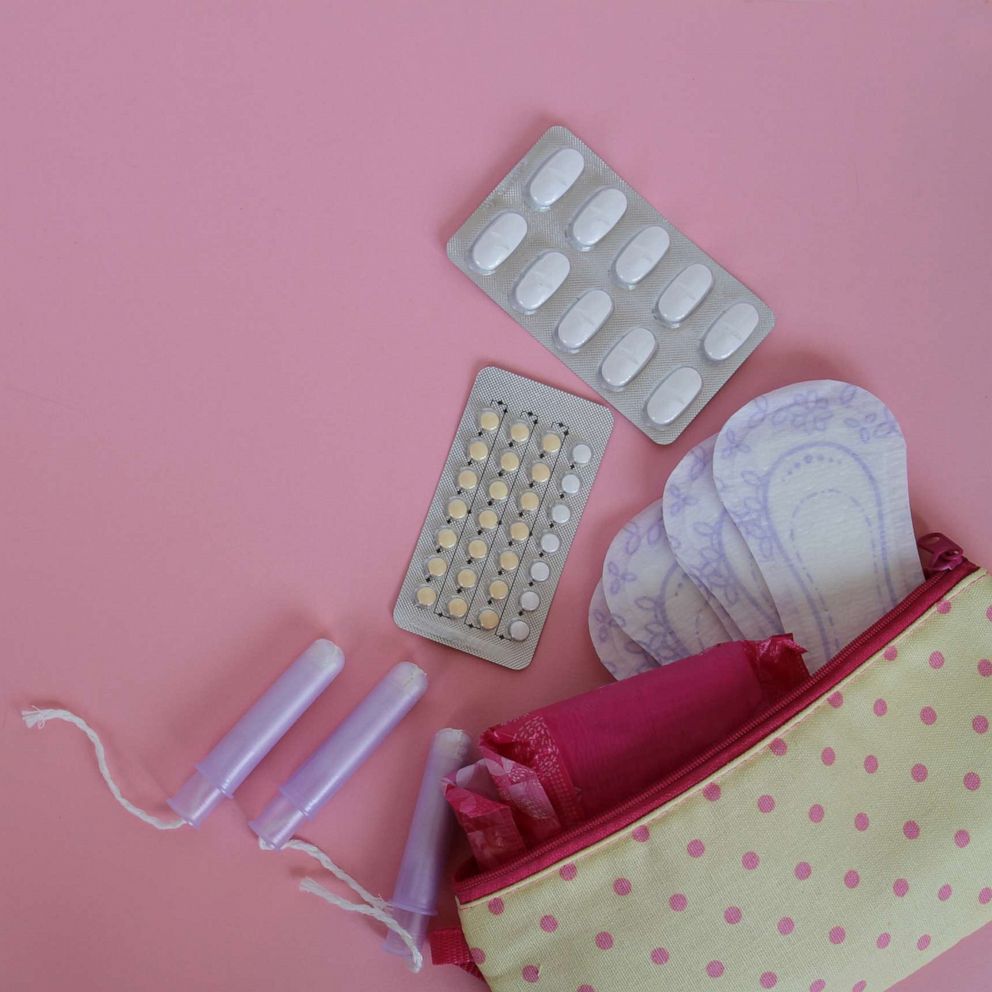New study raises questions about tampon safety for women
A new study that detected variable levels of heavy metals, including lead, in tampons currently on the market is being reviewed by the U.S. Food and Drug Administration, a spokesperson for the agency told ABC News.
The study published in Environmental International by researchers at the University of California, Berkeley, evaluated the levels of 16 types of metals, including lead as well as mercury, arsenic and iron, in 30 tampons from 14 different brands obtained in the U.S., Greece and England.
Differing levels of metals were found on materials of all 30 tampons, which included both organic and non-organic brands, according to the study, published July 3.
The study's authors noted that it is not clear whether the metal levels found in the tampons would contribute any negative health effects to users but called for more research to be done.

"Despite this large potential for public health concern, very little research has been done to measure chemicals in tampons," the study's lead author, Jenni A. Shearston, a postdoctoral scholar at the UC Berkeley School of Public Health and UC Berkeley's Department of Environmental Science, Policy, & Management, said in a statement. "To our knowledge, this is the first paper to measure metals in tampons."
Shearston added, "I really hope that manufacturers are required to test their products for metals, especially for toxic metals. It would be exciting to see the public call for this, or to ask for better labeling on tampons and other menstrual products."
The FDA noted in a statement that the study has "limitations" but said the agency is reviewing its findings.
"The FDA is reviewing the study. All studies have limitations. While the chemical method used indicates these metals are present in the tampons tested in the laboratory, the study does not assess whether any metals are released from tampons when used in the body," the agency said in a statement Tuesday. "It also does not address whether any metal, if released, can be absorbed into the vaginal lining or, subsequently into the bloodstream."
The statement continued, "We plan to evaluate the study closely, and take any action warranted to safeguard the health of consumers who use these products."
In their findings, the study's authors acknowledged that the types of metals detected are commonly found in the environment and could come in contact with tampon materials in a variety of ways. Possibilities include through water, air or soil, by nearby contamination or during the manufacturing process but more research is needed to understand exactly how this is happening
Experts say it is important to note that the study only measured the levels of metals in materials of the tampons. It did not measure any levels of these metals in the blood to correlate with human health.
Dr. Stephanie Widmer, an emergency medicine physician and medical toxicologist, echoed the study's authors in saying more research needs to be done.
“We have no understanding of the absorption, if there is any, or if this has any impact on human health,” Widmer, who was not involved with the study, told ABC News. “More research needs to be done and this study fails to provide any evidence that women who use tampons are walking around with higher than normal, or even higher levels of heavy metals in their blood than women who do not use tampons.”
Dr. Jade A Cobern, M.D., MPH, a licensed and practicing physician board-certified in pediatrics and preventive medicine, is a medical fellow of the ABC News Medical Unit.







